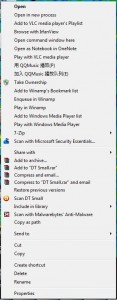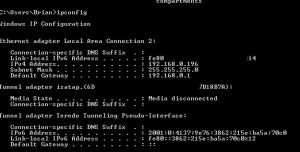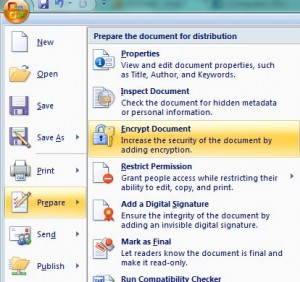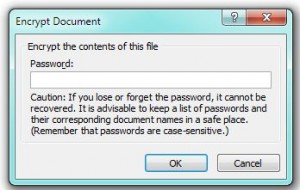When you’re using sites such as Rapidshare, Hotfile and others, you probably don’t want to pay for a pro account. The free accounts are limited in many ways. Usually the download speed is throttled, almost always simultaneous downloads are forbidden and you always have to wait a varying length of time between downloads. Well, there is a way to help with one of those limitations.
After you download one section of a file, let’s say a .rar. file, most of the sites make you wait hours or a full day before you can download another portion. How do they know that you have already downloaded one file? Well, they either track your IP address or they set a cookie in your browser.
By logging into your router, disconnecting and reconnecting your Internet connection, you can easily get a new IP address. Then you can go back to the site and download another section or a new file. That’s easy unless you have a static IP address. Most of us have dynamic IPs, we get a new one every time we connect to our ISP. If you have a static IP, you’re on your own here. Can’t help you there.
If you have reset your Internet connection and you still can’t download a file, the server has set a cookie in your browser’s cache. This cookie is what is stopping you from downloading another file until the time limit is up. So, easy peasy, you clear your cache and cookies, right? Well, if you have all of your preferences set in your browser, clearing your cache and cookies is a royal pain in the ass. What do you do?
Simple. Install another browser. I use Google Chrome as my main browser. It’s fast, translates pages for me and it’s secure, too. But I also have other browsers. For my next suggestion, I would recommend Firefox from Mozilla.com. Until Chrome came out, I used Firefox all the time. Chrome is much faster, in my opinion, so I switched to it. Firefox, however, has a great little tool that makes clearing your cache much simpler. Even if you use Firefox as your main browser, this trick is perfect for faster downloading from file sharing sites without upsetting all of your current settings.
Download the first tile from the site using Firefox. Next, reset your Internet connection. Then, click on the word Tools up on the top left of the Firefox window. Look for the words ‘Clear Recent History’. The following menu will pop up:
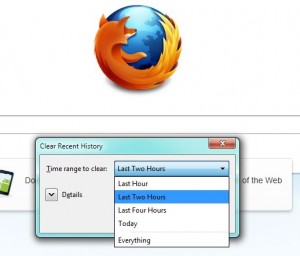
Depending on how long it took to download the file, sometimes it takes an hour or more, you can clear the cache and cookies for varying amounts of time. Two hours usually works for me. Once you clear your history like this, the serving site won’t know it’s you, that you’ve come back long before their onerous time limit. Once you clear your cache and cookies, you’re back in business.
My trick won’t help you with the slow download speeds nor that simultaneous downloads but it will help with repetitive downloading. This makes the whole download happen much quicker, right?
Thanks for reading!

